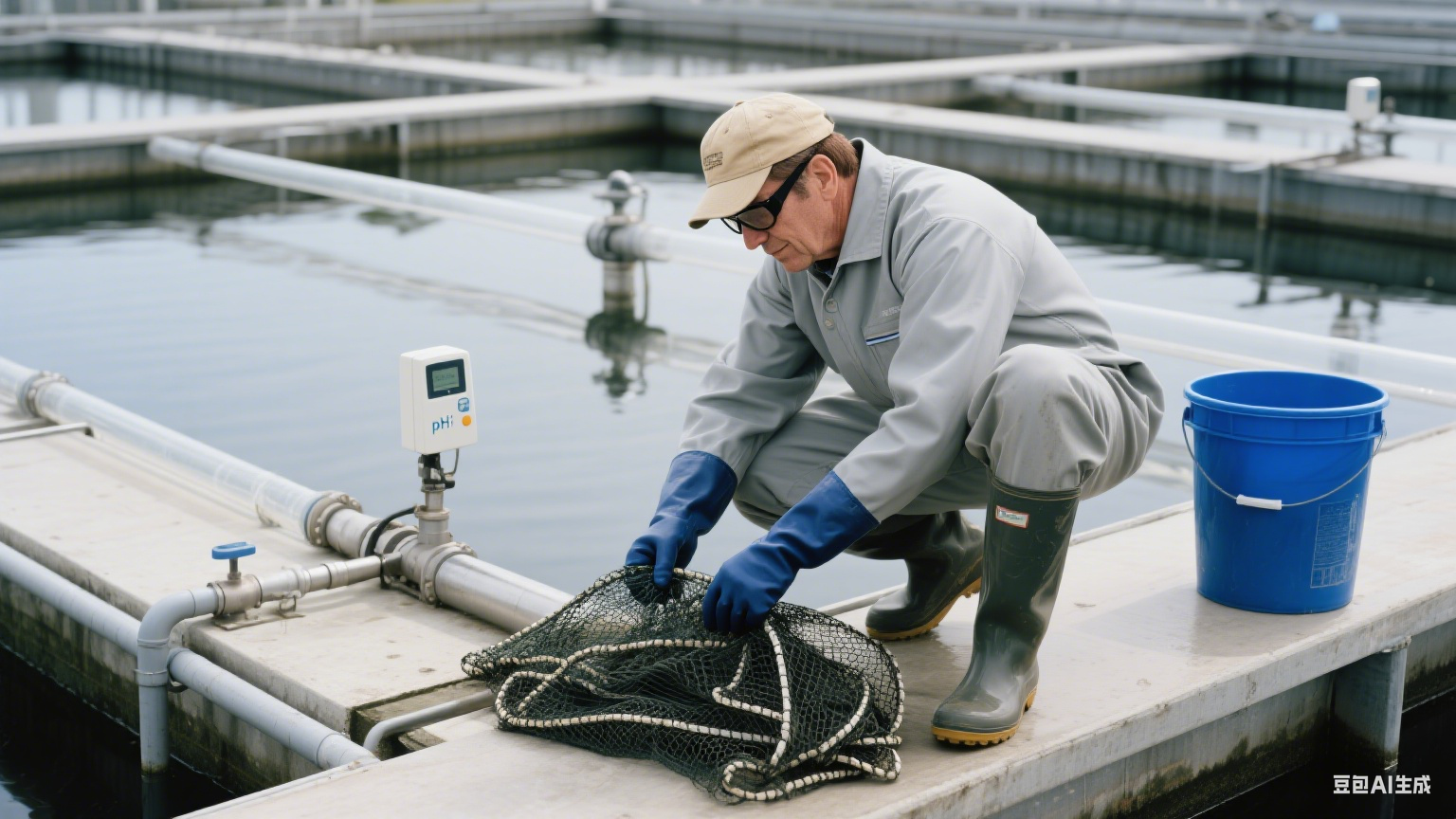The commercial fishing industry in the United States relies heavily on high-quality fishing nets to ensure operational efficiency, durability, and compliance with environmental regulations. For large-scale operations, partnering with a reliable original equipment manufacturer (OEM) specializing in fishing nets is critical. These OEMs provide tailored solutions that meet the unique demands of industrial fishing, from material selection to advanced manufacturing techniques.
Understanding the Demand for Specialized Fishing Net OEMs
Commercial fishing nets must withstand extreme marine conditions, heavy usage, and varying regulatory standards. OEMs in this niche focus on producing nets that balance strength, longevity, and ecological responsibility. Key requirements include resistance to UV degradation, abrasion, and corrosion, as well as adherence to mesh size regulations to prevent overfishing. OEMs achieve this by leveraging cutting-edge technologies and collaborating closely with fisheries to optimize net designs for specific species and environments.
Core Competencies of Leading Fishing Net OEMs
Top-tier OEMs distinguish themselves through expertise in material science, customization, and quality control. High-density polyethylene (HDPE), polyamide (nylon), and ultra-high-molecular-weight polyethylene (UHMWPE) are commonly used for their tensile strength and chemical resistance. Advanced weaving and knotting techniques ensure uniformity and structural integrity. Customization extends to net dimensions, mesh patterns, and color coding for fleet identification. Leading manufacturers also employ computer-aided design (CAD) to simulate performance under real-world conditions, reducing trial-and-error costs for clients.

Production Excellence and Sustainability
Modern OEMs prioritize sustainable practices to align with global environmental initiatives. Recycled materials and biodegradable polymers are increasingly integrated into production cycles. Automated manufacturing systems enhance precision while minimizing waste. For instance, ultrasonic welding replaces traditional stitching in certain applications, reducing material fatigue and extending net lifespan. Certifications such as the Marine Stewardship Council (MSC) Chain of Custody validate compliance with sustainable sourcing standards.
Quality Assurance and Compliance
Rigorous testing protocols are essential for ensuring product reliability. OEMs conduct load-bearing tests, abrasion resistance assessments, and saltwater exposure trials to validate performance claims. Third-party audits and traceability systems further guarantee adherence to U.S. Coast Guard and National Oceanic and Atmospheric Administration (NOAA) guidelines. Batch-specific documentation allows clients to verify the provenance and specifications of their orders.
Scalability and Supply Chain Efficiency
Large-scale operations demand OEMs capable of fulfilling bulk orders without compromising quality. Vertical integration—from raw material procurement to logistics—enables streamlined production and faster delivery times. Strategic partnerships with shipping providers ensure cost-effective distribution to coastal hubs. Some OEMs offer inventory management solutions, such as just-in-time (JIT) delivery, to reduce storage burdens for clients.
Choosing the Right OEM Partner
Selecting an OEM requires evaluating technical capabilities, industry experience, and customer support. Proven track records in supplying major fisheries, R&D investment, and after-sales services like repair kits and on-site consultations are key indicators of reliability. Transparent communication and flexibility in accommodating last-minute design changes further differentiate premium providers.
In summary, the best commercial fishing net OEMs combine technical innovation, sustainable practices, and operational scalability to meet the needs of U.S. large-scale fisheries. By prioritizing material science, precision manufacturing, and regulatory compliance, these manufacturers play a pivotal role in enhancing industry productivity and environmental stewardship.
References:
Industry reports from Fisheries Supply Association (FSA), Sustainable Fishing Gear Review (2023), and Marine Equipment Trade Journal.”